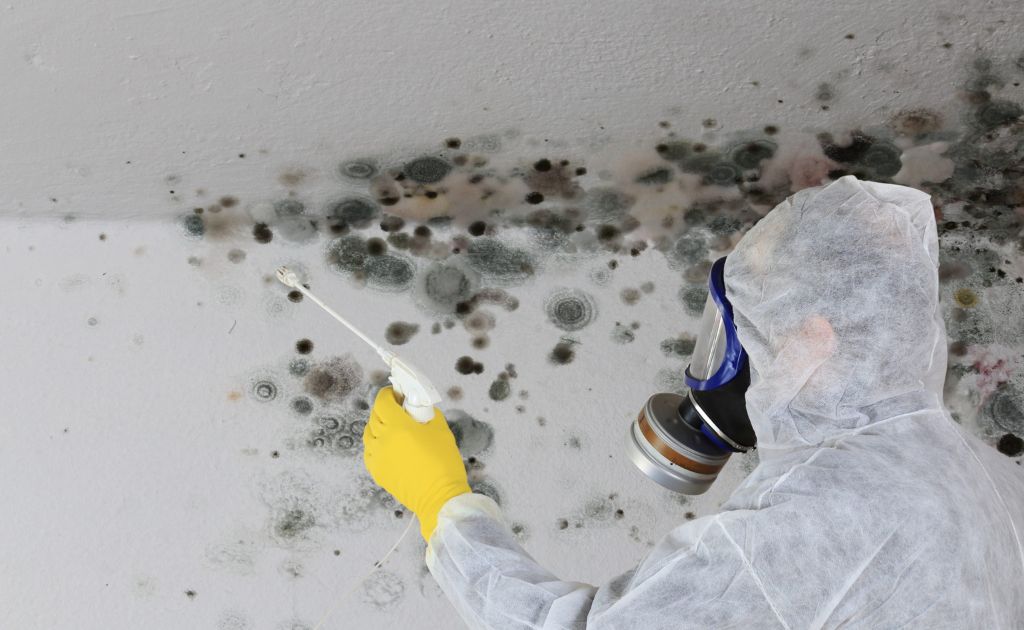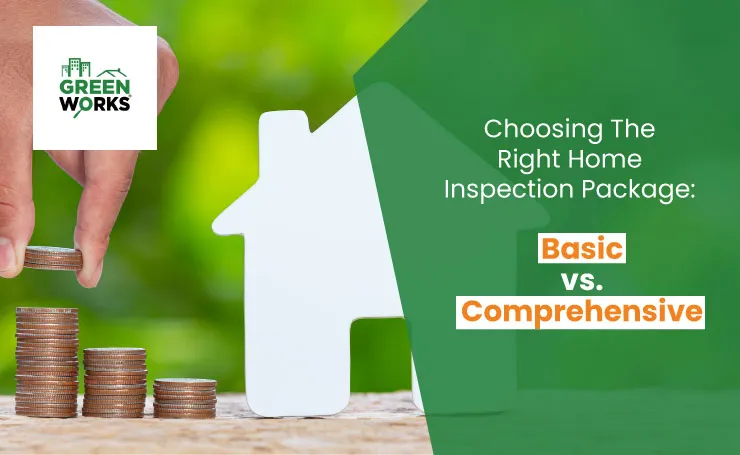Posts

What is the difference between Mold and Water Damage
The rainy season is almost over, and you’re deep cleaning your house….but you notice a spot on the side of your wall.
Is it just a water spot or something more? Like what? Black mold.
Well, it might be just a water stain, but ignoring it can encourage mold growth.
Often, homeowners consider mold growth as just water damage and vice versa. But know that both of these are two peas in one pot.
In this blog, we will discuss water damage mold in detail and highlight the key differences between water damage and mold.
Water Damage Vs Mold – The Difference
Water damage and mold are both related to each other. It’s highly likely where you find one; you’ll almost always find the other one.
Well, one of the factors that can help you determine mold growth is moisture. Often, indoor molds grow in more fibrous building materials. These include drywall and wood. So, if there’s water damage in your house, mold is on its way, too.
But…. there’s more.
Water damage doesn’t always lead to mold growth. If you treat the area appropriately and try it, then there’s a chance mold spores don’t find a way to take root.
Since minerals in water usually leave a stain, it’s sometimes hard to tell whether the discoloration indicates mold.
Water Damage Vs Mold – How to Differentiate?
Visual Characteristics
If you’re wondering how to differentiate between water damage vs mold…then you can start with a visual inspection of the area. Even though moisture is to blame for both issues, there are different visual cues you can use to identify them.
Mold is a fungal growth that is found in damp conditions. They can have varying appearance, color, and texture. Visually, you can witness mold in green, white, or black colors. Meanwhile, the water damage stains are often yellow or brown. This is especially the case with water damage mold. Meanwhile, mold growth may have a speckled appearance; with time, it can change hues.
On the other hand, excessive accumulation or extended exposure to water causes water damage. Brown or yellow-colored stains are the most noticeable indication of water damage in the walls. These stains might appear as patches or discolorations on walls and ceilings and feel moist.
Noticeable Issues
Noticeable problems with building materials like drywall can result from water damage caused by leaks, flooding, or persistent humidity. Water infiltration can cause drywall and the paint or wallpaper covering it to absorb moisture and lose structural integrity, causing it to bubble, peel, or flake.
On the other hand, based on their kind and age, mold colonies can have a range of textures. Still-growing molds have a slimy feel and will probably smear when touched. Inactive mold can have a fuzzy texture similar to velvet or cotton; it can even seem powdery and come off surfaces easily when touched.
Capability of Spreading
If mold is not treated, it can spread far beyond its initial point of emergence. When mold spores are released, they can move through the air, settle in various areas of a home, and grow anywhere there is enough moisture and organic material, even if the problem only begins as a tiny patch of mold on the ceiling. In contrast to mold, water damage is limited to the regions directly impacted by leaks or infiltration of water and does not spread.
As a homeowner, the first step to prevent the spread of mold and water damage is to fix any leaks that may have caused water damage.
Fixing the leak alone does not ensure that the mold will disappear on its own. The mold colonies won’t magically disappear, even though reduced moisture may cause them to grow more slowly or not at all.
Active remediation techniques are necessary to eliminate mold resulting from water damage. These techniques may include cleaning, disinfecting, and, in extreme situations, replacing affected materials. Furthermore, even after the initial issue has been resolved, mold growth can be avoided by maintaining low interior humidity levels and ensuring sufficient ventilation.
Smell
Water damage is mostly a visual concern because it isn’t usually detectable by smell. It may not always emit a discernible scent, especially in the early stages, and instead appears as surface warping, discolorations, or stains. A mildew-y smell can occasionally develop from standing water or prolonged moisture, but this is not the same as mold, which smells stronger.
Mold produces a strong, musty odor as it grows and multiplies because of microbial volatile organic compounds (MVOCs), which are created during the metabolic processes of the mold. Even if you can’t see the mold development right away, it can be identified by its musty, stale, or earthy odor.
Potential Threats and Risks
Although water damage is detrimental to a house’s structural integrity, it doesn’t always directly affect your or your family’s health. On the other hand, water damage can create the perfect conditions for mold growth if ignored.
There’s a chance that you and your family may inhale spores and other substances released into the air by multiplying mold. Several mold poisoning symptoms can result from extended or severe exposure to specific mold species, especially in those with allergies or respiratory issues.
The Environmental Protection Agency (EPA) lists the following as some typical indications and symptoms of mold exposure:
- Nasal congestion or runny nose
- Throat irritation
- Red, watery, or itchy eyes
- Skin rashes
- Coughing
- Sneezing
- Wheezing
- Difficulty breathing due to lung irritation
- Heightened sensitivity in individuals with asthma
Though not all molds are inherently harmful to humans, prolonged exposure to even harmless molds can aggravate pre-existing respiratory disorders or cause allergic reactions in sensitive individuals.
Conclusion
In conclusion, water damage doesn’t mean that your house will also experience mold growth. But, of course, there’s no guarantee. Therefore, taking the precautions already to save yourself from further headaches is best – putting your peace of mind at stake.
To prevent mold growth, you can repair/fix leaks and other sources of water issues. The best and quick solution to prevent water damage from growing to water damage mold is drying the affected areas.
If you want expert guidance for treating both issues, you can always contact Greenworks Inspections. Our trained and professional experts can help you handle water damage and mold growth at its best. So schedule your inspection today before it’s too late.




